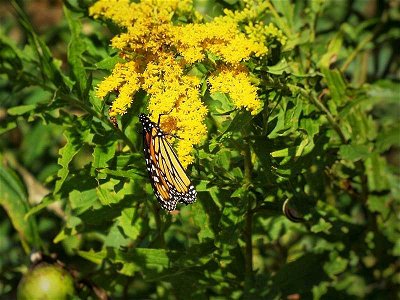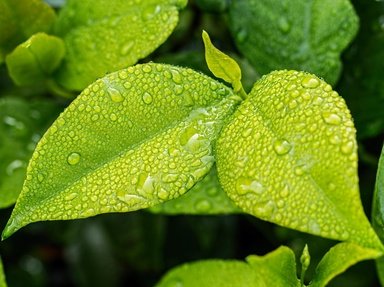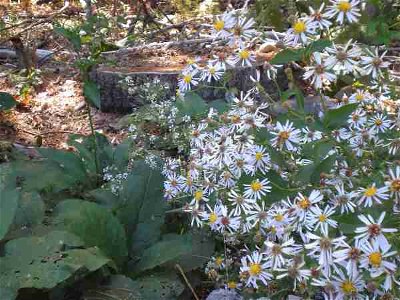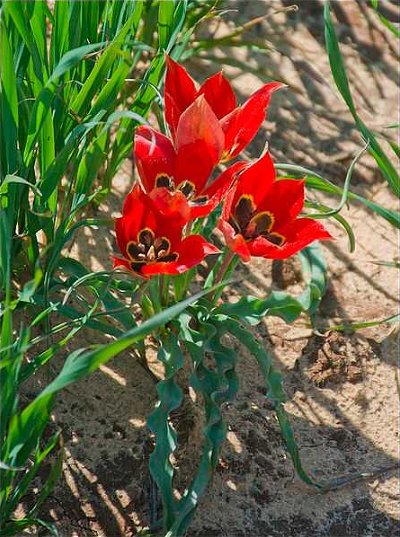29. This little yellow five-petaled wildflower blooms in grassy summer fields, but it's poisonous to grazing animals. The petals are unusually shiny, with a wax-coated look, and form an upright cup shape. What is it?
From Quiz Yellow Wildflowers of the Eastern US
Answer:
buttercup
Buttercups apparently taste terrible, so animals avoid them unless put on an overgrazed pasture with more buttercups than grass. The little flowers should be avoided by humans as well, because a lot of handling can cause contact dermatitis. Everyone's grandmother--well, mine at least--may insist that you go through a ritual, holding a buttercup bloom under your chin. If it reflects yellow, that means you like butter. The superstition seems bound to work. The shiny blooms reflect the color easily, and who doesn't like butter? Well, some people probably don't, but then some blooms are probably not as shiny.











 Quick Question
Quick Question